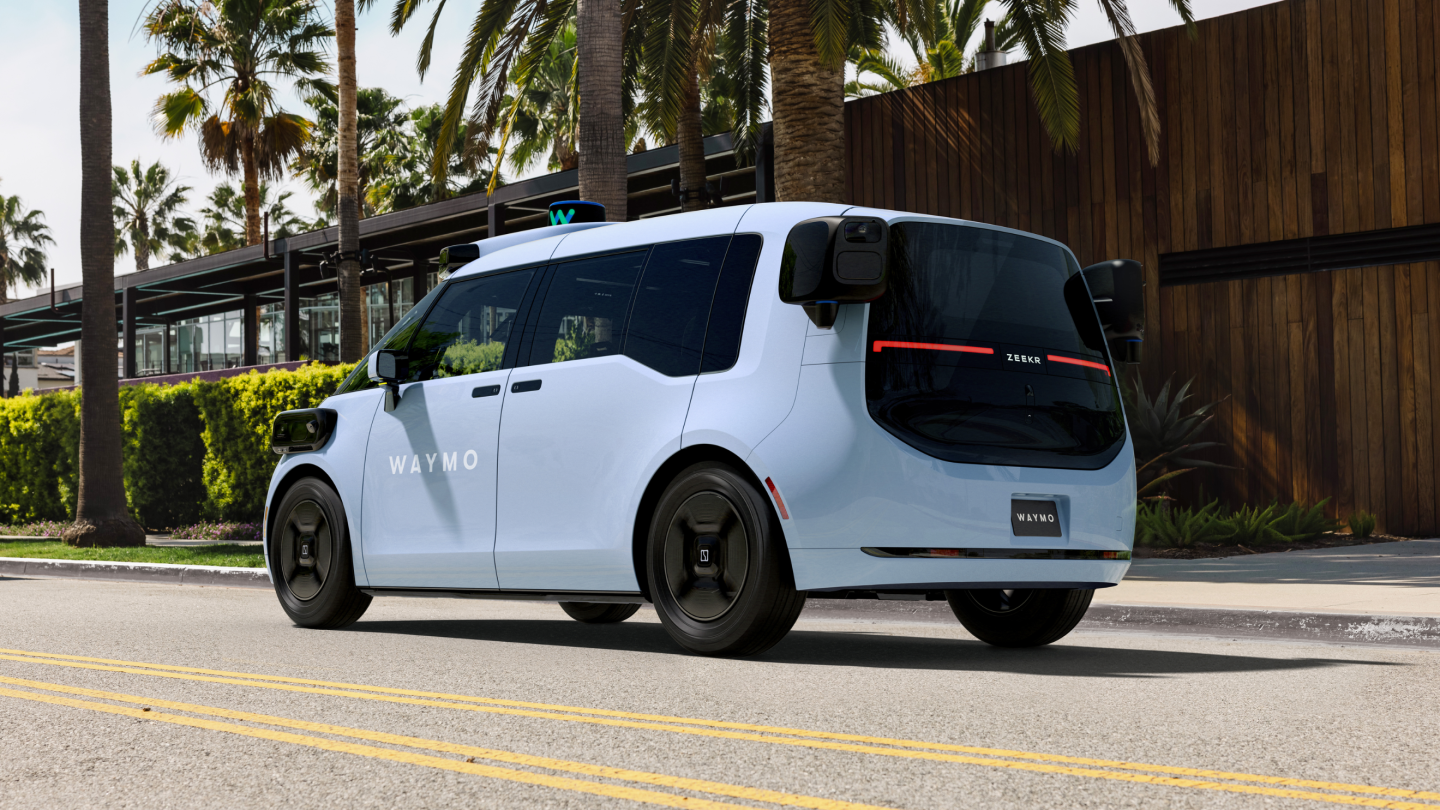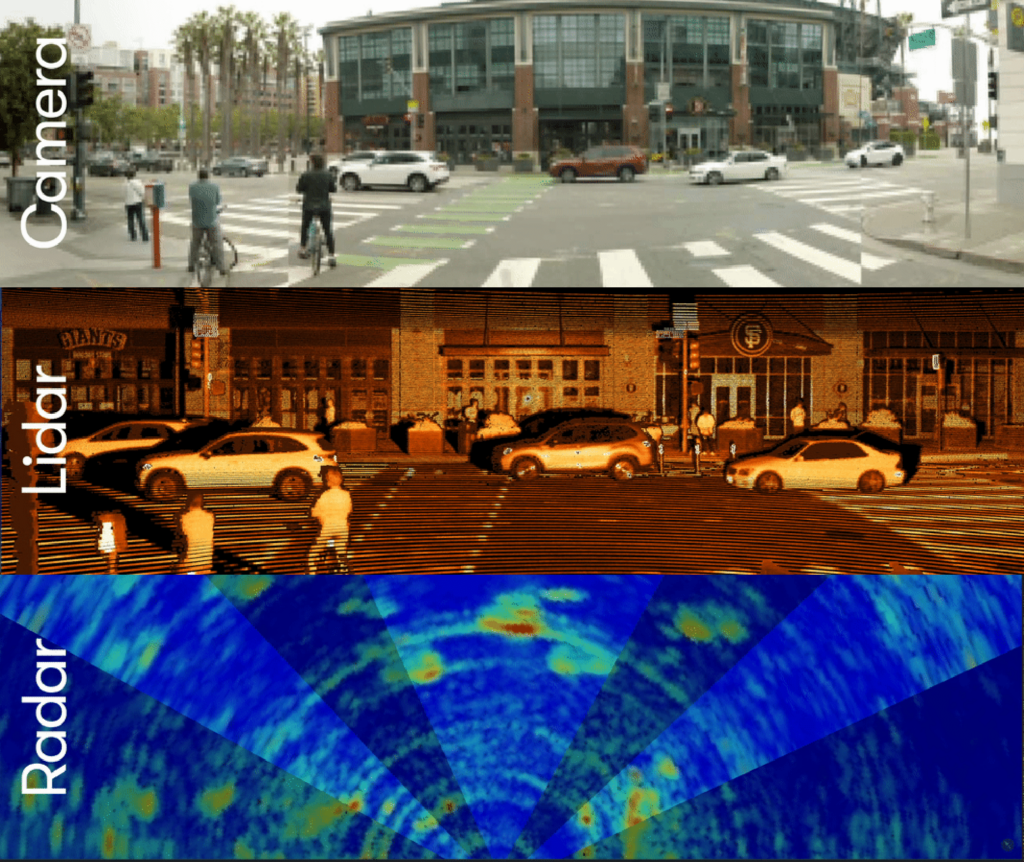
Waymo has unveiled its sixth-generation autonomous driving system, designed to enhance the capabilities of its robotaxi service by operating efficiently in harsher climates and more complex traffic conditions.
This significant upgrade reflects Waymo’s ongoing efforts to expand its services beyond its current operation in warm-weather cities like Phoenix, Los Angeles, and San Francisco, and to increase the efficiency and affordability of its autonomous vehicles.
Upgraded Sensors for Tough Conditions
The new generation of self-driving technology, known as Waymo Driver, integrates advanced hardware and software into Geely Zeekr electric vehicles. This system features a comprehensive sensor suite that includes 16 cameras, four LiDAR, six radar, and an array of external audio receivers (EARs). These components provide the vehicle with a 360-degree field of view, allowing it to detect and navigate obstacles up to 500 meters away in various weather conditions, both day and night.

To further enhance reliability, Waymo has incorporated protective measures that enable the sensors to maintain their functionality even when visibility is compromised by dirt or precipitation.
One of the key improvements in the sixth-generation system is its ability to operate in colder climates, an advancement achieved through extensive testing and validation in cities with challenging weather conditions, such as Detroit and Buffalo, New York.
Waymo’s engineering team, led by Vice President Satish Jeyachandran, has applied insights gained from these tests to develop a more resilient and efficient system. Jeyachandran expressed confidence that this generation of Waymo’s technology could be brought to market faster than previous versions, thanks to advancements in machine learning and semiconductor technology.
Streamlines Tech to Cut Costs
In addition to technical improvements, Waymo has made strides in reducing the cost and complexity of its autonomous vehicles. The company has decreased the number of cameras from 29 to 13 and reduced the number of LiDAR sensors from five to four, without sacrificing the vehicle’s ability to navigate safely and effectively.
This cost reduction is particularly important as Alphabet, Waymo’s parent company, recently invested an additional $5 billion to help scale the company’s operations.
Scaling Up with New Robotaxis
Waymo’s commercial robotaxi service, Waymo One, has been operating since 2018 and currently offers around 50,000 paid driverless trips weekly, primarily in San Francisco and Phoenix. The company has recently expanded its service by opening access to all users in San Francisco and aims to continue scaling its operations with the addition of the new Waymo-Zeekr vehicles.
These vehicles, while maintaining a similar footprint to the existing Jaguar I-PACE SUVs used by Waymo, offer a roomier interior with features such as a low step, high ceiling, and increased legroom, potentially making them more accessible to a wider range of passengers.
Testing and Market Exploration Continue
Waymo’s testing of the new generation of robotaxis is ongoing, with professional drivers on board during public road trials. The company is also exploring new markets and testing conditions to ensure that its technology can handle a diverse range of environments.
While competitors like Didi and Pony.ai have launched commercial robotaxi services in China, and Tesla plans to unveil its dedicated robotaxi later this year, Waymo currently faces minimal competition in the U.S. market, especially as other companies, such as GM-owned Cruise, Uber, and Ford, have faced setbacks or discontinued their driverless vehicle programs.
Waymo has not yet disclosed specific cold-weather cities where it plans to expand its services, but its next targeted city is Austin, Texas. The continued development and testing of its sixth-generation system are poised to bring Waymo closer to expanding its autonomous driving capabilities into new, more challenging markets.
Featured Image courtesy of Waymo
Follow us for more tech news updates.
